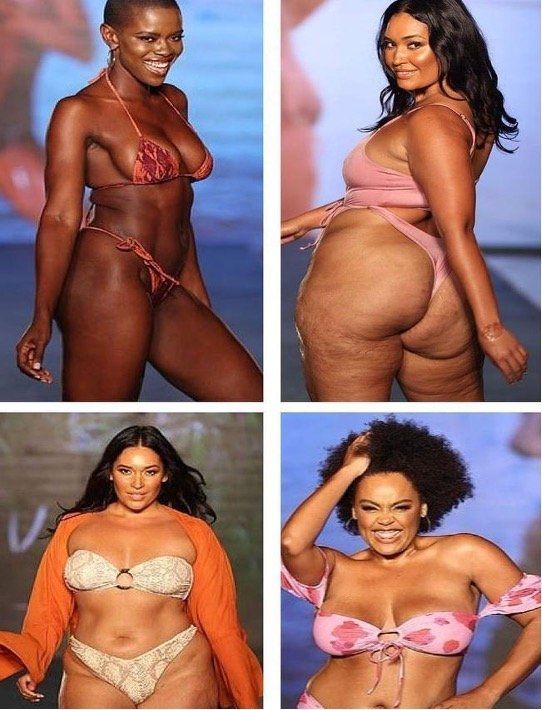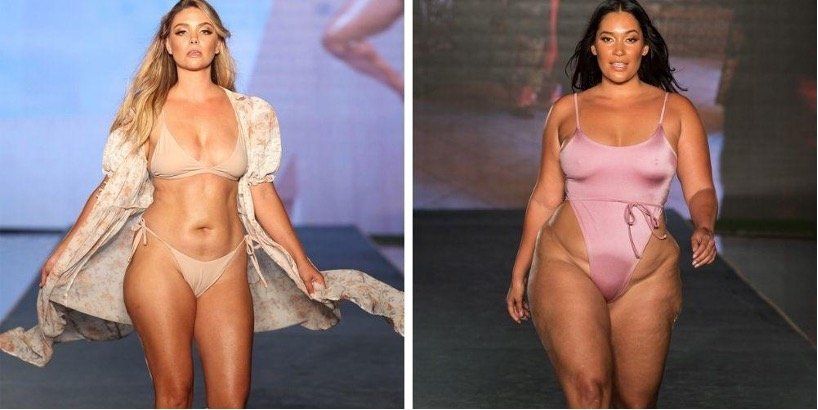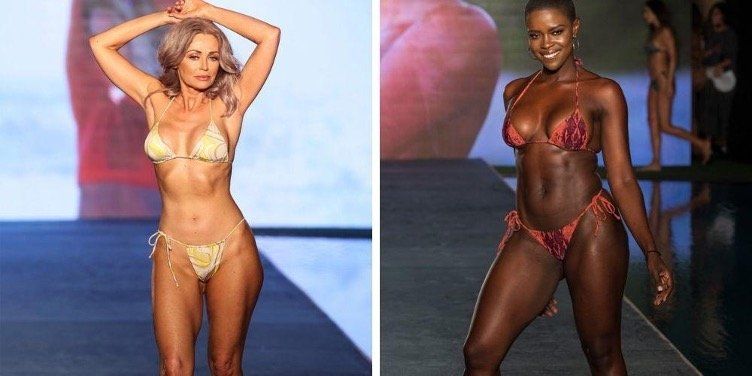Reimagining the Standards of Beauty: An Unlikely Pioneer
Remember when people only purchased their clothes in brick-and-mortar stores, and you’d have to nervously wiggle into a potential purchase in a fitting room?
I’ve heard it said (or perhaps just convinced myself) that the lighting in fitting rooms is the least flattering lighting in existence. I’ve even been in stores where I could swear they had trick mirrors…

Sure, there were the moments when that sent-from-above pair of denim hugged every curve just so (the credit card never flew out of my purse so fast), but for the rare outing like that, I’d endure try-on after try-on, each one leaving me more deflated than the last. Sometimes to the point where I wished someone would come peel me off the floor. Maybe stroke my hair a bit…as they tell me I’m beautiful just the way I am…
I can’t be the only one with a memory or two like that?
And when swimsuit season rolled around…lord, give me strength!
I got to thinking about those fitting room days as I watched The Sports Illustrated Swimsuit runway show last weekend.
When you think of Sports Illustrated and their annual Swimsuit Edition, what comes to mind? I remember spying it in the grocery checkout line in my youth. The glossy-legged, well-endowed, statuesque specimens on the cover resembled not a single person I knew in real life, but that didn’t stop me from feeling inadequate and average in their presence.
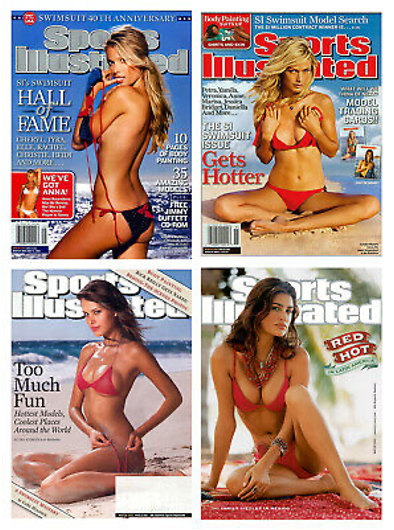
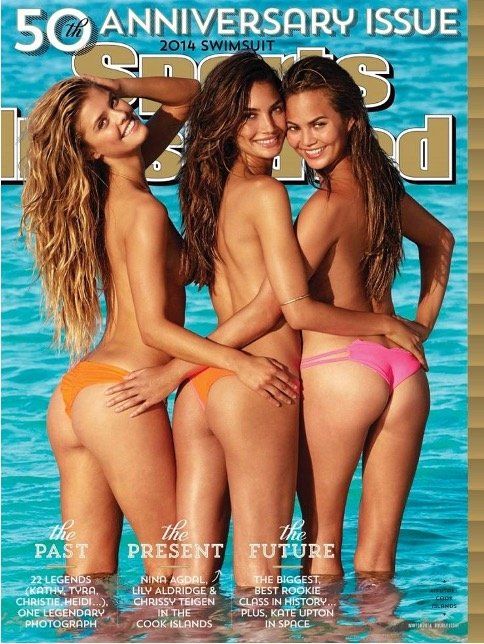
It was a magazine your pervy brother might want to get his hands on. A kind of almost propaganda, seemingly aimed at making women feel crummy and filling men’s heads with farfetched fantasies; the kind no mortal female could live up to.
Whatever their intentions, Sports Illustrated was making a buck while filling our heads with complexes of all kinds. I have to think magazines like that were at least partly responsible for a walk of shame or two out of a fitting room in my teens.
I had heard about Sports Illustrated’s efforts in recent years to promote diversity and inclusivity but assumed it was a fad, a marketing strategy aimed at taking advantage of our eagerness for greater representation.
Apparently, around 2016, the magazine began including different shapes, sizes, cultures, and identities in their lineup, and this year’s annual runway event was touted as the most diverse group yet. Skeptical that the magazine passed around my former high school’s male locker room back in the day could ever truly represent people like you and me, I had to see for myself.
Well, there was no need for skepticism. I had goosebumps within the first five minutes. Gone was the parade of “supermodel” clones and, in its place, a cornucopia of colors, shapes, sizes, and ages. From the young model who rolled down the runway in a wheelchair to the so-called “plus-sized” models (which, can we stop calling them that yet?), to all five feet, two inches of the 57-year-old rookie model who owned the catwalk like a pro; this was a celebration of true-to-life, unfiltered beauty. Not just lip service, but an all-in acknowledgment that a woman comfortable in her skin—whatever that skin looks like—is the epitome of sexy. As I took it all in, my goosebumps gave way to tears.
The fashion industry tends to float in that perfect, glossy print world where flaws are scarce or else overt and intentional. But this turned all that on its head. Sports Illustrated may as well have been giving the finger to its Swimsuit Issue of yesteryear. And boy, am I here for that.
Social media Influencer Alex Light was on the same page as she praised the swimsuit show online. “Imagine if we had all grown up seeing images more like this from the catwalk? Women of different shapes and sizes, not just one type of beauty that was highly unattainable for most women …I hazard a guess that body image would not be as bad as it is right now. Don’t you?”
The chorus of concurrence from Alex’s followers and messages of gratitude on Sports Illustrated’s social media accounts further elucidated just how desperate we are for more of the real and the raw.
Thinking back to being confronted by the Sports Illustrated Swimsuit Issue in my youth (or any of the numerous shrines to a singular idea of feminine beauty), I wondered about Alex’s question: How would things have been different if the women on those magazines, on billboards, on TV, et al., had looked like me and my peers? Would I have spent less time feeling shame about the parts of me that didn’t “measure up?”
When you think about what really turns you on about the people you love, it’s rarely perfection. And yet, people still edit the images of themselves they share on social media. Will stretch marks or cellulite ever become en vogue? We can hope. But they sure looked sexy as hell on that runway. I pray for women everywhere that the tide is finally shifting.


